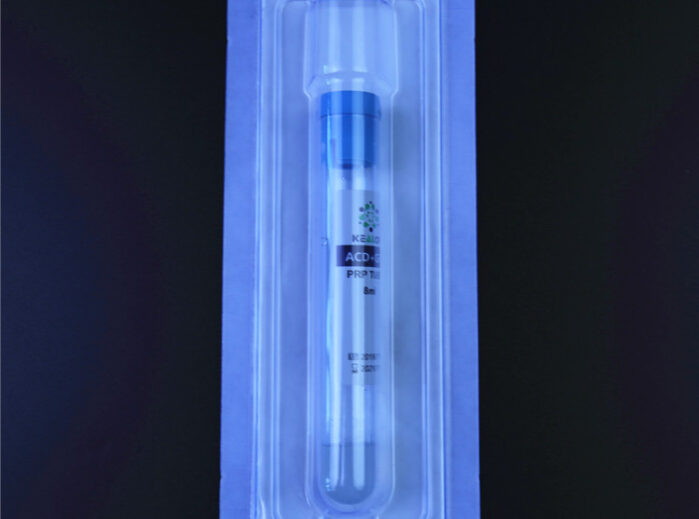Platelet-Rich Plasma (PRP) therapy has emerged as a transformative approach to healing, rejuvenation, and regeneration. Whether you’re seeking PRP for hair restoration, skin rejuvenation, or another purpose, one burning question often lingers: How long does it take to see results from PRP treatment? In this blog, we’ll embark on a journey through the timeline of PRP therapy, exploring when you can expect to witness the remarkable benefits.
The PRP Promise: Harnessing the Body’s Healing Power
Before we dive into the timeline of results, let’s revisit the essence of PRP therapy. PRP is derived from your own blood, and it contains a concentration of platelets and growth factors. These natural powerhouses play a pivotal role in tissue repair, collagen production, and cellular rejuvenation. PRP therapy taps into this regenerative potential to achieve various goals, from hair regrowth to skin revitalization.
The PRP Timeline: Managing Expectations
PRP therapy is not a one-size-fits-all solution, and the timeline for results can vary based on several factors, including the specific treatment area and your body’s individual response. Here’s a general overview of what to expect:
1. Immediate Post-Treatment Effects:
After your PRP session, you may experience some immediate effects, such as mild redness or swelling at the injection site. These are temporary and typically subside within a few hours to a couple of days.
2. Early Signs of Improvement (2-4 Weeks):
In the first few weeks following PRP treatment, you may begin to notice subtle changes. For example, if you’re undergoing PRP for skin rejuvenation, your skin might start to feel smoother and more radiant. If it’s for hair restoration, you might observe less hair shedding.
3. Hair Restoration (3-6 Months):
If you’re undergoing PRP therapy for hair restoration, you’ll need some patience. Hair growth is a gradual process, and it typically takes about three to six months to notice significant improvements. During this time, you may observe new hair growth, thicker hair, and less noticeable hair loss.
4. Skin Rejuvenation (3-6 Months):
For skin rejuvenation, the results are also progressive. Over the course of three to six months, you’ll likely see a reduction in fine lines, improved skin texture, and enhanced overall skin tone. Collagen production continues to improve the skin’s appearance over time.
5. Multiple Sessions May Be Required:
Many patients benefit from a series of PRP sessions, spaced several weeks apart, to maximize results. Your healthcare provider will work with you to create a personalized treatment plan.
6. Long-Term Effects (Up to a Year):
The regenerative effects of PRP therapy can continue to unfold over the long term. Up to a year after treatment, you may continue to see improvements in the targeted area, and the results can be long-lasting with proper maintenance.
Managing Expectations:
It’s important to approach PRP therapy with realistic expectations. Results may vary among individuals, and factors such as your age, overall health, and the treatment area can influence the timeline. Communication with your healthcare provider is crucial for understanding the expected progression of results.
The Journey of Transformation
PRP therapy is not an instant fix; rather, it’s a journey of transformation. As you embark on this journey, remember that patience is key. Your body is working diligently to heal, rejuvenate, and regenerate, and the results will gradually unveil themselves, leaving you with the remarkable benefits of PRP therapy—a testament to the power of nature and science working together. So, embrace the journey, and the results will follow.








